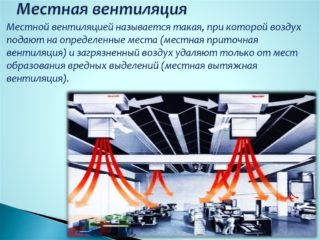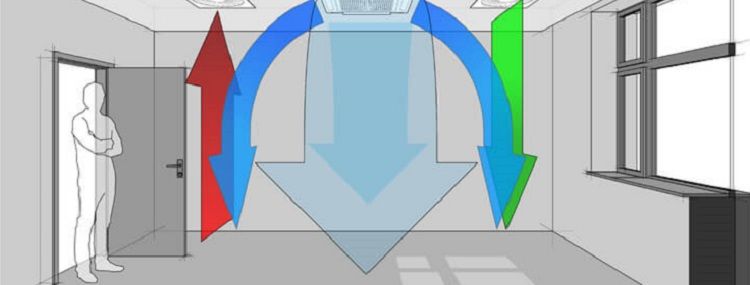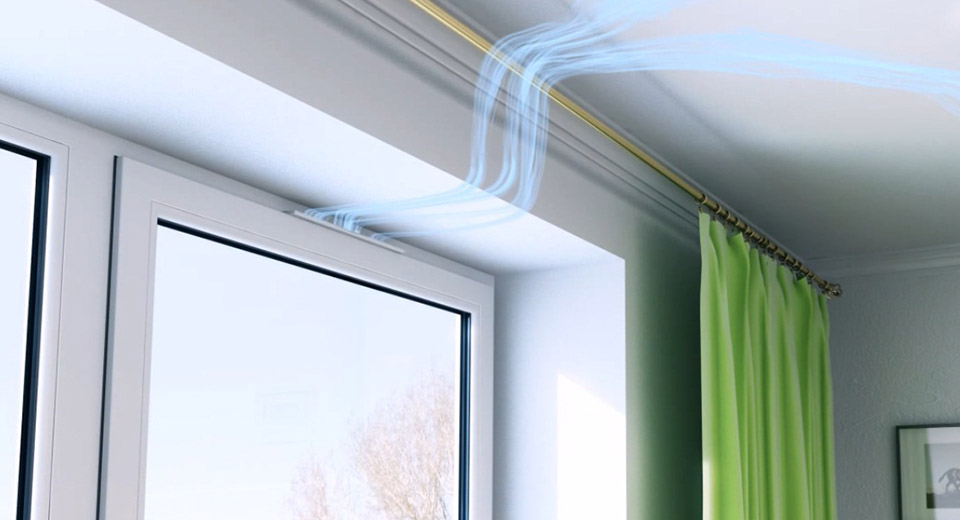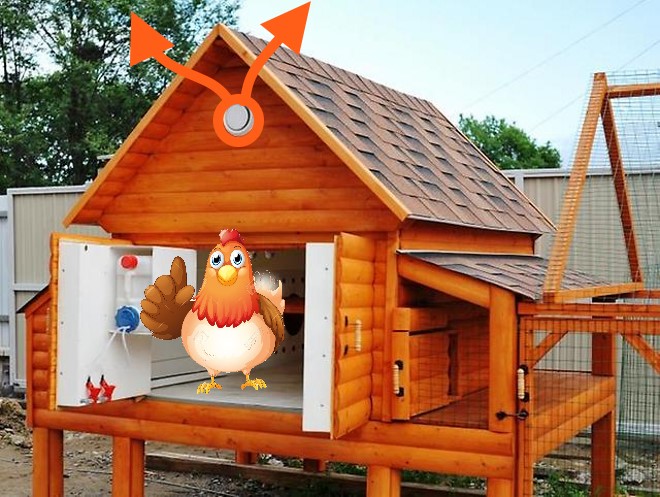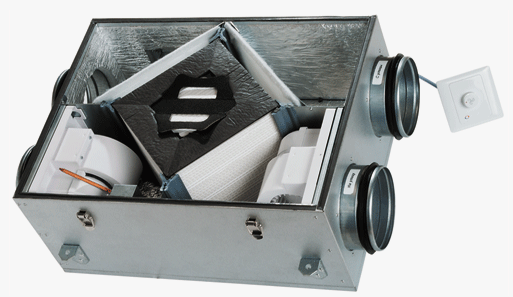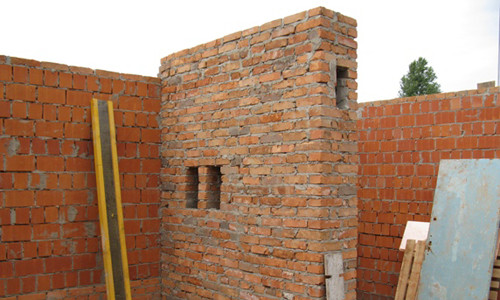In the process of welding, a large amount of harmful components enters the atmosphere. A special welding hood is fully capable of eliminating them. Ventilation of this type is a complex system, despite the design features, you can do it yourself, following the step-by-step instructions. You should first study the available varieties of such systems and the rules for their installation.
The need for ventilation in a welded room
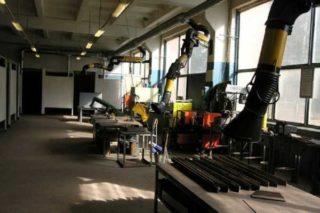
Welding is classified as a hazardous process due to the release of many hazardous substances, including oxides of iron, chromium and manganese, fluorine compounds and silicon dioxide. They are dangerous to human health and harm the environment, so every room where welding is carried out on an ongoing basis is supplemented with hoods.
Welding shop ventilation solves several main tasks:
- removal of chemical components that pose a threat;
- creating and maintaining an optimal indoor microclimate, taking into account its temperature, humidity and in accordance with the standards of GOST and SNiP;
- continuous oxygen supply.
Air exchange in workshops, welding areas and posts should be carried out autonomously. If the industrial premises for welding are located in the same building with others, they do not equip combined ventilation. It is also not recommended to design systems with cyclic and repeated use of air masses. In the process of work, the natural system is not used, since there is no significant heat release in this case. Before being fed into the space, the air is brought to the required temperature, taking into account the weather conditions outside.
In addition to installing an exhaust hood, various means are used to protect welders from radiation, including thermal insulation of heating surfaces and shielding. Thermal insulation work is considered the most effective way to reduce the intensity of the rays and prevent possible burns. Special materials and structures such as concrete, brick, asbestos and felt are used to equip workplaces in combination with screens or separately from them.
Types of ventilation systems and arrangement rules
The hood for the welding station, installed according to the rules, is able to significantly reduce the concentration of hazardous substances in the atmosphere and minimize the harm caused to the environment. The type and power of the fans, as well as the routing of the air ducts, are selected taking into account the number and location of places for welders. Exhaust structures can be placed on the roofs of workshops or near them, while the air intake should not be located in the area for the release of a gaseous environment.
Local
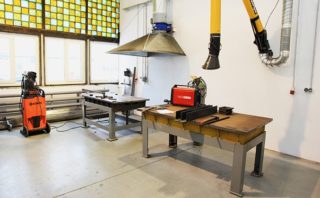
When creating a local type hood, ventilation of posts is selected taking into account the size of the welded elements and the intensity of work. The amount and composition of the gases formed depends on these nuances. Thanks to a simple circuit and device, the performance of such a system reaches 5.5 thousand m3/hour. During welding and surfacing of large products on tables that are not equipped with devices, welding aerosols are removed using the suction of mobile units with filtration ventilation.For some types of work, it is advisable to use lift-and-turn hoods Their design includes a flexible hose with a diameter of up to 200 mm, attached to the console and directed to the desired area. In this case, the intake pipe is placed at a distance of 7-8 meters from the worker.
The fume hood required for welding is not installed directly above workstations. In such systems, it is better to mount tables with air suction through the grate.
General exchange
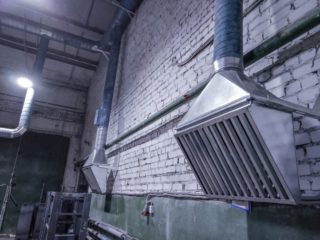
The system of general exchange type includes supply and exhaust fans, as well as air ducts equipped with filters and adjustable supply structures. Such ventilation is designed to provide fresh air to all premises of the workshop and to reduce the content of harmful impurities in the atmosphere. It should be chosen if in the process of work more than 200 g / hour of electrodes are used per 1 m3 of the total volume of the room. Otherwise, the inflow of air masses will be provided naturally.
In winter, outside air is supplied to the workshop at a temperature not lower than +18 degrees. General ventilation for the welding station must be supplemented with filter elements that purify the air before being discharged into the space. The performance of the devices is selected so as to provide 10-fold air exchange. The vertical speed of movement of air masses remains at a level not lower than 0.1 m / s. This value is sufficient for mixing media and eliminating welding fumes from areas outside the posts.
Inside closed and semi-closed spaces
The most common type of system is a tank ventilation scheme with a supply jet, which provides for the installation of flexible hoses and high pressure fans. The main advantage of this method is the supply of clean and heated air from the street during the cold season. Tanks in such a scheme are located in specially designated places. To determine the volume of supplied air, its speed in the working area should not exceed 0.7-2.0 m / s for manual welding. To avoid the ingress of contaminated air into the workshop, install the mass supply from the opposite side.
The supplied stream of purified air should go from the welder towards the arc so that harmful substances do not enter the respiratory zone. The volume of air for supply must dissolve gases and solid aerosol phase that are formed during the work of the first worker in the direction of travel.
Exhaust devices for welding
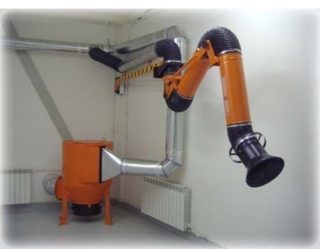
Hoods for welding in production are divided into several available varieties. The most popular are devices with a lift-and-turn design. They consist of an air receiver, which can be fixed in any position by means of hinges, as well as a hose connecting the air inlet and the central exhaust system. This design makes it possible to eliminate 85% of substances hazardous to health, since it can be placed close to any welding machine. Hoods help to completely purify the air at a distance of up to 8 meters from the installation site. Users mark such models as "Doe" and "Octopus".
In second place in demand are local suction units, which must be installed at a height of up to 1.5 meters from the welder's place.
The hood above the working welding table can be external or internal, in the second case it is connected to the general ventilation system using special hoses. To ensure correct air circulation, it is better to give preference to supply and exhaust ventilation, which provides an inflow of air masses at a speed of over 40 m.3/hour.
Arrangement of the hood with your own hands
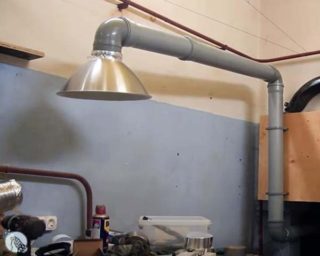
According to the rules and requirements for safety standards in large welding rooms with several posts, the ventilation system must be installed by qualified specialists who are able to carry out accurate calculations. In small shops, the air exchange system can be created independently according to the drawings, following the standard instructions. In this case, the work is divided into two stages. First of all, a supply-type hood is installed, using a mixed type of air supply and output in horizontal and vertical modes, the second option is more preferable:
- A ventilation chamber is installed near the wall with access to the street, in which a fan is installed, equipped with filtering, cooling and air heating functions.
- A hole is made in the wall through which the fan will take in fresh air.
- A channel is laid from the ventilation chamber to the ceiling for air supply.
- An additional fan is installed in the attic, equipped with air purifying filters. A special pipe is drawn from it to the roof, which removes the spent air masses.
- Two or three holes are made in the ceiling, which lead to the attic fan using ventilation ducts.
When the general air exchange system is ready, you can start installing the local line. Ventilation for a welding station of this type is a suction structure, from which a channel is laid towards the roof. It is selected taking into account the configuration of the manufacturing enterprise for a specific workshop.
A local exhaust hood is able to remove most of the contaminants autonomously, preventing their spread throughout the room. If necessary, mount a mobile suction that moves the hood together with the welding machine.

